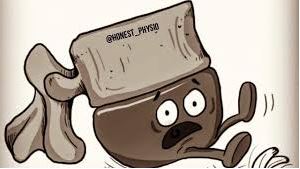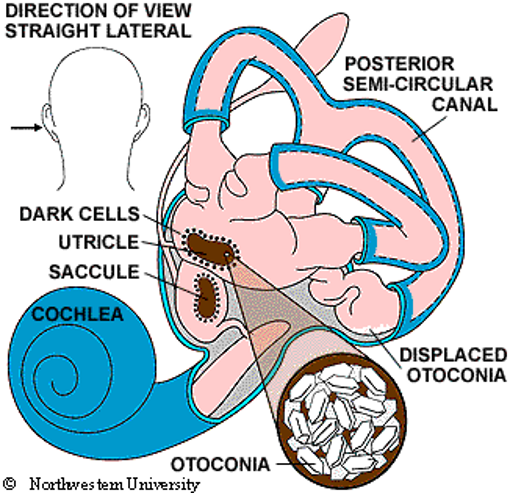Snap, crackle and pop! What does it mean when you’ve got noisy joints?
This is a question I am frequently asked by patients worried about the noises their joints are making. Whilst the majority refer to noisy knees and necks, some also complain of clicky hips and ankles…
“Is it arthritis? Are the bones rubbing against each other and wearing away to nothing? Should I stop any activity that causes these worrying sounds?”
In fact joint-related noise, or crepitus, is incredibly common and normal. As a result, health professionals are generally not concerned about them, and can therefore be dismissive when it comes to explaining to patients why these clicks and cracks occur, and what they mean. This can leave patients feeling in the dark and no less worried, and at risk of withdrawing from enjoyable activities that benefit them in many ways, both mentally and physically.
If you’ve been wondering why your joints make such a racket and whether you should continue doing the activities that cause it, read on!
What’s causing the noise?
The sound we hear can be classified as pathological or physiological depending on whether it is linked to injury or damage or not, and the type of noise can vary widely between sudden loud single cracks and pops, to fine grating or grinding. The vast majority of noises are physiological, and one study identified that 99% of painless knees produced some degree of crepitus!
Pathological noises herald may significant injuries such as the classic pop heard when the anterior cruciate ligament is torn in the knee or the gunshot sound made as the achilles ruptures. But severe arthritis can cause its own characteristic noise, a loud creaking sound not unlike that of an old door opening. Tears to the meniscus in the knee can cause it to click, usually at a certain point as the knee bends and straightens, and is caused by the end of the thigh bone (femur) catching on the damaged area.
Pathological crepitus is usually accompanied by other abnormal symptoms such as pain and swelling – signs that a visit to a health professional is warranted.
Luckily these reasons are the exception, and there are other much more frequent sounds that have far less worrisome causes, the physiological noises.
For example, the most obvious is the pop we can all make when we pull on, or distract, our knuckles.
Irritating though this is when our colleague next to us does this repeatedly, it is not linked to any long term problems such as arthritis, and is believed to be caused by the build-up and bursting of gas bubbles within the joint, so-called cavitation. This is the same process which causes the click when joints are manipulated.
Also common are the clicks or snaps heard as tendons pass over bony prominences, similar in some ways to the plucking of a guitar string due to the tension the tendons are under. We may notice this on the outside of the knee as the hamstring tendon passes over the end of the thigh bone as the knee bends. We can also sometimes hear snapping or grating under the shoulder blade as it rotates on the ribcage when we move our arms, thought to be due to the tendons rubbing on the underlying ribs.
And when the kneecap (or patella) is particularly mobile, it can have a tendency to drift to one side, resulting in a loud clunking sound as it slips back into its groove in the front of the knee.
Our joints also create softer, grating or grinding noises, particularly the neck joints and the knees, and I am often asked about the noises the neck makes as we turn our head from side to side as these can be quite alarming.
They are thought to be simply due to the bones sliding over each other, possibly causing the synovial fluid within them to rush from one side to the other, creating a turbulent flow – and as the neck joints are positioned so close to the ears, these sounds are conducted easily through the bones of the neck and head making them sound much more noticeable than the noises coming from more distant parts of the body.
Can anything be done about it?
First and foremost, if the noises are pathological in nature, and are accompanied by other symptoms such as pain and swelling, or started as a result of a particular event or trauma, make an appointment quickly to get it checked out by a qualified health professional! There may be a medical condition which needs to be addressed. Rectifying the underlying problem frequently resolves the crepitus it was causing.
Physiological crepitus can also sometimes be improved with the right advice and exercises. For example:
- Ensuring the knee cap is supported by strong and balanced muscles can help it maintain the correct alignment, and eliminate any unpleasant clunking
- Stretching tight soft tissues can relieve undue tension and reduce the frequency of them catching and clicking on the bones around them
- Maintaining good joint flexibility will help lubricate the joint surfaces and keep them healthy
Finally, it is essential to underline the fact that physiological crepitus is not linked to any joint pathology, and is not harmful or damaging. Please don’t avoid activities that cause the noise! Often, simply understanding why your joints are making noise can relieve your worry and make it easier to live with, even if it doesn’t improve.
Stopping doing what you enjoy unnecessarily is likely to have a bigger negative impact on your life than the harmless crepitus ever could…
If you are not sure what is causing your joint crepitus and what you should do about it, please make an appointment for an assessment with an expert at Omnia. We will be happy to advise you about the best way forward!
Good luck!
Laura
Laura Oxley MSc BSc (Hons) MMACP MSCP
Principal Physiotherapist
Omnia Physio










